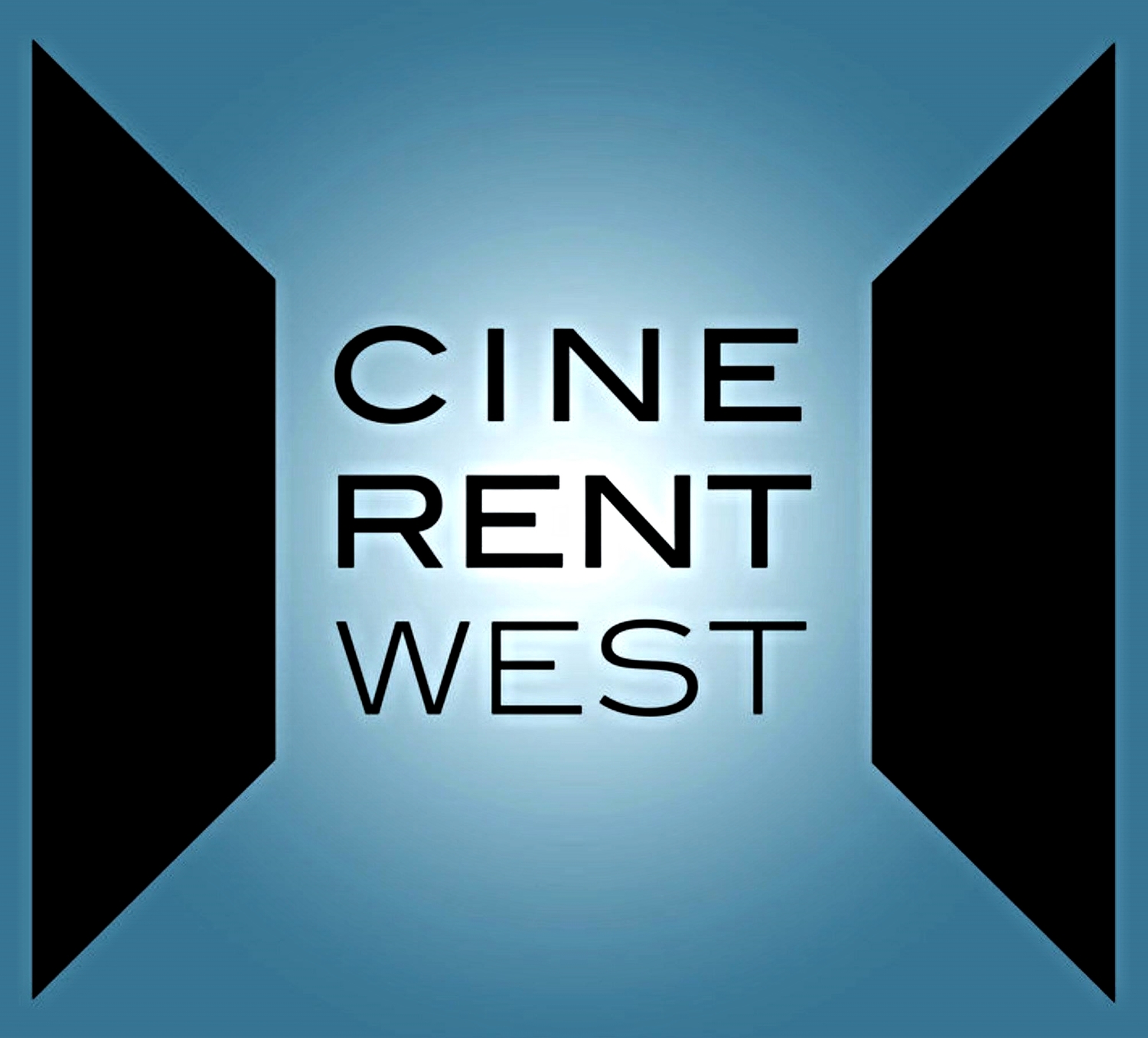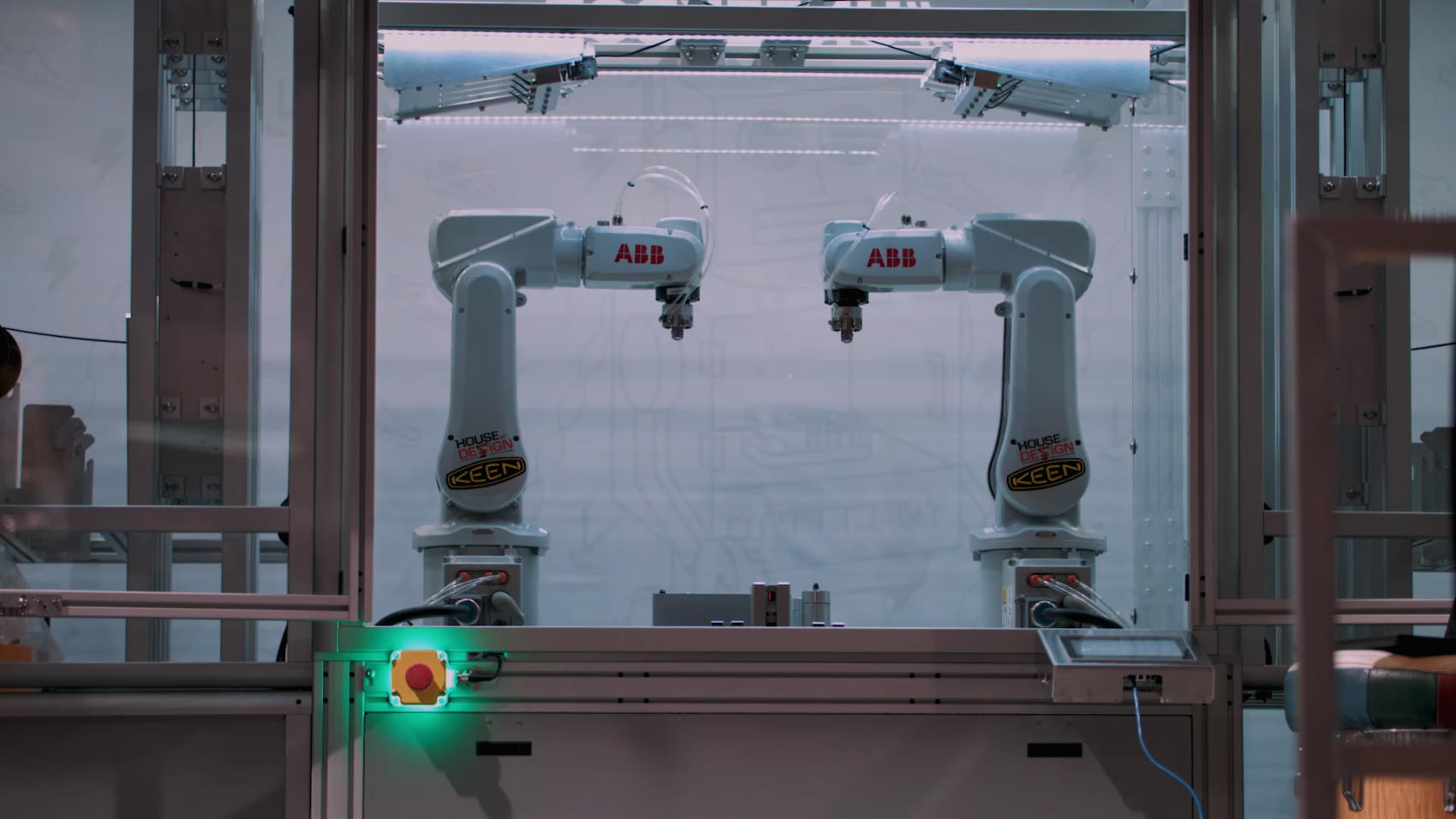We recently had the opportunity of working with Therese Gietler at Cine Rent West. As the lead producer and co-owner at Andy Batt Studio, she was kind enough to share her experience in an interview. In discussing the many challenges of our industry, Therese walked us through some of the common mistakes that producers can encounter on the job. So, without further ado, she generously broke it all down with this handy-dandy top 5 list:
1. THE TIMELY DISSEMINATION OF INFORMATION
Isn’t this pretty much the only job a producer has? And yet, every single department had the same story. ‘I showed up on set and I had no idea what I was being asked to do. I’m going in blind.’ For example…
“People wonder why I have such a huge makeup kit? It’s because I never know what I’m going to be asked to do until I arrive on set. It would be really nice to know ahead of time how many people I need to put through the chair, who they are, what looks I need to create. High fashion? Sporty lifestyle? Blood and gore special FX with scars?”
“Half the time, I get wardrobe sizes of talent 4 hours into my first day of shopping. I end up working until the stores close as a result. I’m rushed, and end up purchasing double what I need in order to cover my ass”
What is the solution? I like to send out the production book to all crew in email with the first call sheet. This saves me having to print extra copies, and the crew arrives having an overview of the production. More often than not, the production book isn’t done, but I can at least send out the current version. This is not the time for perfectionism.
2. BE REALISTIC ABOUT HOW LONG THE SHOOT WILL TAKE
Let’s be honest. There is no such thing as a half-day shoot. Stop it. Stop saying it, stop expecting it. No one can book the other half of that day. And production begins when the first bit of equipment goes into a bag. Prepping and packing and driving to the location is all a part of the shoot day. And in the reverse, returning to home base and unloading and downloading and backing up. That is a full day.
Be reasonable about how long the shoot day(s) will be. It always takes longer than you expect. Just last week, I was on an editorial shoot where I was told we would only have 2 hours with the talent. They had me hire a MUA at an abysmal rate because it was only a 2-hour shoot. Well, my main crew worked a 12 hour day, and the MUA worked 6 hours. We’ve all experienced this.
3. CONSULT WITH YOUR DEPARTMENT LEADS WHEN CREATING THE ESTIMATE
I’ve heard time and again stories about producers cutting corners based on budget. Yes, the project can be done with half the number of sandbags originally requested, but when lights fall over and potentially hit someone on the head, or crash into the prototype product, was it worth saving that $50?
The solution takes a little bit of extra time up-front. I always touch base with a few of the department leads to run my numbers past them. This helps everyone in the long run. It’s a small investment with a huge return.
“Bidding a big job without input from the art dept always causes problems. They have us back into a number, and then they start reducing manpower, trucks, etc. And everyone ends up running around looking like clowns.”
4. LISTEN TO YOUR LOCATION
Bring your sound mixer on the tech scout. Or even better, consult with them during location scouting. They are the only ones that will hear the location. While your director is falling in love with that post-apocalyptic warehouse, your sound person is dying a little bit inside as they see the flight path of planes overhead, the active train tracks, and the Amazon shipping depot across the street. The director can still have their location, and your sound person will have suggestions on how to work with it.
And while I’m on the subject of sound, don’t ignore the mixer when they say ‘the sound was crap’. Allow the team to do another take.
5. SUPPORT YOUR CREATORS AND CREW
Of course, you have to take care of your client. Absolutely! But not at the expense of your creatives and crew. Treat everyone with an equal amount of respect and gratitude, and they’ll return that consideration in spades. Producers that only exhibit a loyalty to the client will have a harder time booking crew over time.
In closing, trust the professionals that you’ve hired to do their job, and allow them the space to do it well. You take care of them, and they’ll take care of you. Oh, and don’t get drunk at the wrap party. You may say things that you can’t take back. Happy shooting!
Follow Therese: @theaskaproducer
For more information on producing and consulting, visit Therese at: https://theaskaproducer.com/
PHOTO BY: FLETCHER WOLD















